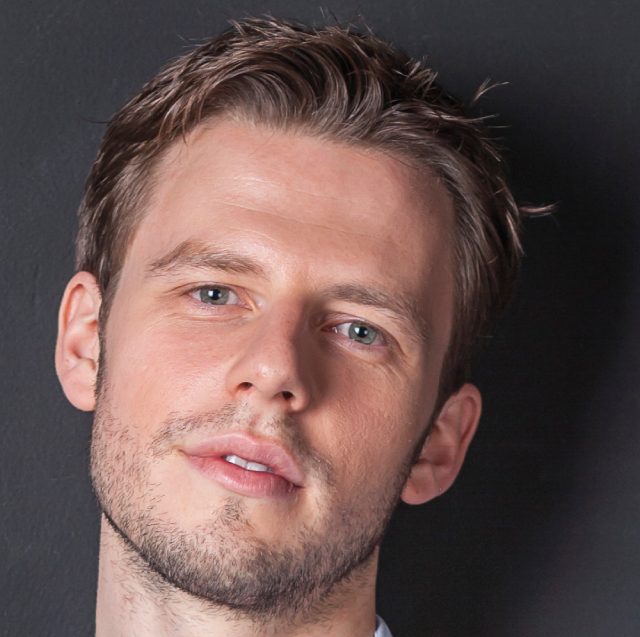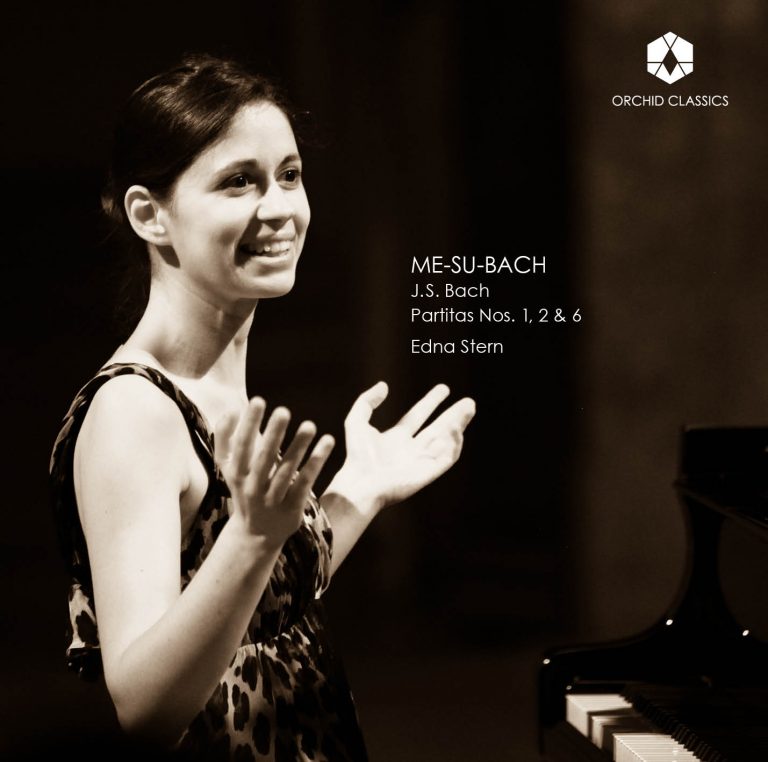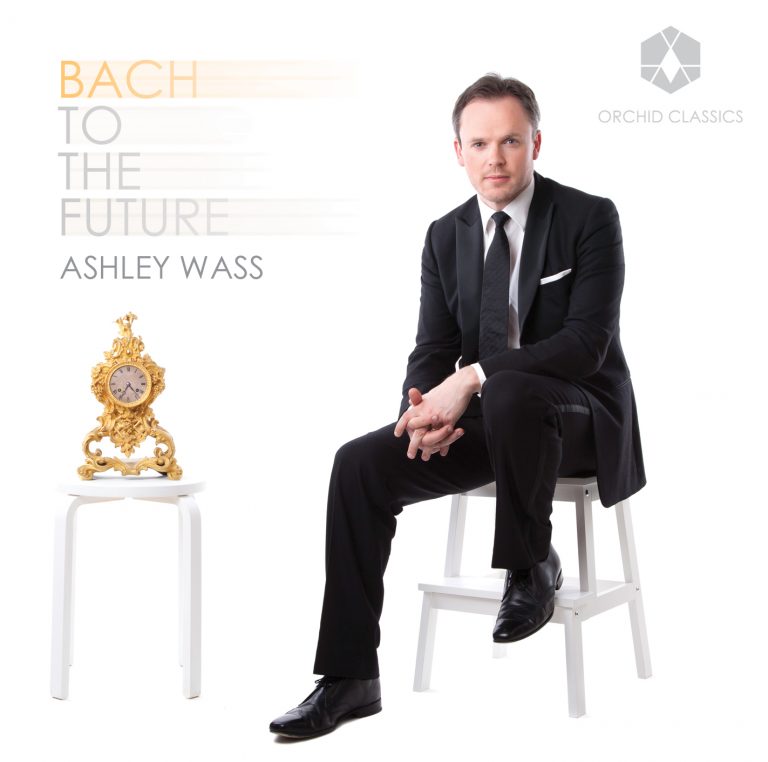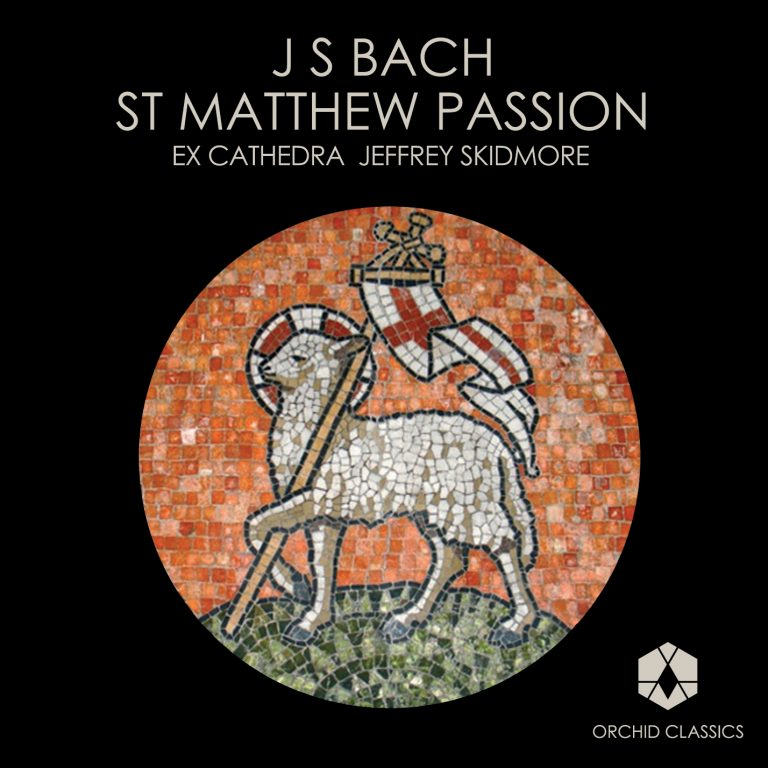Artist Led, Creatively Driven

Michael Poll
7-String Bach
Release Date: 6th April 2018
ORC100082
J.S. BACH (1685-1750)
Suite for Lute No.1 BWV996 in E Minor
1 Praeludio 1.11
2 Presto 1.16
3 Allemande 3.08
4 Courante 2.21
5 Sarabande 3.52
6 Bourrée 1.24
7 Giga 3.30
Suite for Lute No.4 BWV1006a in E Major
8 Prélude 5.12
9 Loure 4.06
10 Gavotte en Rondeau 3.38
11 Menuet I 1.50
12 Menuet II 3.00
13 Bourrée 1.54
14 Gigue 2.27
Total time 41.05
Michael Poll, guitar
Bach began writing his unaccompanied instrumental music in Weimar possibly as early as 1703. The way he wrote for unaccompanied violin, cello, lute, and harpsichord is distinct from his other compositional styles: melody fluidly joins accompaniment and the line between the function of pitches blurs, giving the illusion of polyphony and stretching the limits of the listener’s perception of harmony. This differs markedly from his trio-sonata style, in which he wrote the accompanied instrumental suites. He portaged these courtly forms, which were informed by a cosmopolitan awareness of a broad array of European dance forms, through his second Weimar (1708) and Cöthen (1717) appointments en route to Leipzig, his musical home for the last three decades of his life. Bach wrote in the unaccompanied style up until the end of his life but his return to ecclesiastical service with his appointment in Leipzig meant that his attention was divided between this and other compositional forms.
The lute, in terms of its organological capabilities, exists between the harpsichord and the bowed strings: it has chordal capacity as on the harpsichord and yet is restricted to the notes that can fit under one hand. But it also has melodic intimacy; even more than the archi, it gives its player very direct contact with the strings: it is the bard’s instrument. Bach subtly weaves in and out of the warp and weft of the musical loom on the lute, at times featuring the instrument’s harmonic capabilities, at times its capacity to render a simple and beautiful melody. The works create an artful fabric of polyvalence.
Bach’s solo suites are idiomatic for the instruments they indicate, and his own arrangements of his cello and violin music for lute have served as a model for me: in my arrangements for modern guitar, I attempt to follow his example, using the resonant peculiarities of the instrument as an asset in these arrangements.
Sources for the Suites
The E Minor Suite (BWV996) survives in a manuscript which dates from between 1710 and 1717 by J.G. Walther (1684-1748). This, according to Eichberg and Kohlhase in the critical notes to the Neue Bach Ausgabe, means that this was an early work, from when Bach was in Weimar. There is some question regarding the intended instrument for the suite. According to notes by Frank Koonce, editor of a critical edition entitled The Solo Lute Works, “An inscription ‘aufs Lauten Werck’ that appears below the title of the Walther manuscript is the only reference…to the lute-harpsichord [associated with this suite]. That the suite is intended exclusively for this instrument…cannot be concluded since the inscription is a later addition from an unknown hand and is not confirmed by the other sources [a second early copy by H.N. Gerber, a Bach pupil, and a latter 18th century copy by an unknown copyist].”
An autograph (a manuscript in Bach’s hand) of the E Major Suite (BWV1006a) survives and is in Tokyo, Japan at the Musachino Music Academy. It is surmised that the lute version is an arrangement that Bach himself made of Partita III for violin (BWV1006), which was published in 1720. This is unconfirmed, however, and the exact date of the lute version is unknown. The music of the Prelude also appears as the orchestral Sinfonia of Cantata 29, ‘Wir danken dir, Gott.’ and as the Sinfonia that opens the second half of Cantata 120a ‘Herr Gott Beherrscher aller Dinge’.
In making these arrangements, I was looking for insights into Bach’s mathematical mind, as the exquisite formality and exactness of his music are awe-inspiring. I was looking for architecture and structure but I came to find his ability to calculate, to plan, to strategize and to design subservient to his creative spontaneity. In no two places does he solve a compositional problem in the same way and at no point is he beholden to procedure at the expense of creativity.
Bach was not only a composer, but also a conductor, violinist, organist, singer, music director, cantor, copyist, organ tuner, organ consultant, dorm master, and father. To learn about him has made him dynamic for me, and therefore all the more incredible. To study his output, the when and where of his birth, the circumstances of his post-war generation, and his difficult childhood, but also his rich musical and artistic heritage and his dogged and stubborn personality have enriched my understanding of his art. He was an incredibly hard-working and dedicated man, a craftsman and an artist, who is a far cry from that powder-wigged, frock-coated ivory tower gentleman we know from his portraits.
I began this project on a quest for objective truth in the aesthetics of a particular compositional language. Little did I know such a thing could not be further from possible. I was looking for a theorizable, computable, or otherwise scientifically defensible position on how Bach approached transcription to serve as a window into his aesthetic world and as a model for transcriptions that would sound ‘correct.’ But ‘correct’ quickly came to be an elusive goal for many reasons: firstly, correct for whom? Now, nearly three centuries after Bach’s death, the answer simply can’t be ‘correct’ for him. Even if there were (and there is not) an objective Bach solution after which we could strive, how would we know we had achieved it? Correctness implies an ontological endpoint, which is to misunderstand the exercise. That no such thing exists is precisely what makes Bach’s compositions so magical. This is not to say that an arrangement can’t be stylistic or beautiful or inspiring, which I hope these are, nor that there are not guiding principles, because these are abundant.
What follows is my attempt to come to understand and appreciate elements of Bach’s style through study of his arrangements. Ultimately, the research has lead to more questions than answers, but this insight and understanding come to bear on my own work. In a way, I believe that this kind of thinking has taken me closer to the source itself. As Wittgenstein teaches, getting to the right question is often far more important than getting to the right answer.
© Michael Poll
Classical guitarist and conductor Michael Poll has performed across North America, South America, and Europe, most notably at the Barbican and Wigmore Halls in London, the Kimmel Center for the Performing Arts in Philadelphia, the National Theatre of Panama, and Val de Grace in Paris. Active both as a performer and a conductor, Poll has performed recently for the Wilderness Festival with violinist Yijia Zhang, the Bloomsbury Festival as both guitarist and conductor, the JAM on Marsh Festival with oboist Michal Rogalski, and is musical director of the Goodensemble Orchestra, in which capacity Poll met and performed in honour of Queen Elizabeth II. Poll’s collaborators have included members of the major London orchestras and soloists from the Monteverdi Choir including Peter Devoran and Jake Muffett, violinists Joanna Park and Matthew Trusler, and pianists Jason Bae, John Fisher, David Malusa, and David Soo.
Michael has had works written for him by Chicago Symphony Orchestra Composer in Residence Elizabeth Ogonek and is collaborating with Joseph Stillwell, Igor Maia, and David Conte on works for the guitar. Poll’s own Three Preludes for solo guitar were premiered in 2012 as a part of the Dresden String Spring festival.
A 2010 Fulbright and a 2012 Marshall Scholar, Michael Poll holds a Bachelor of Arts degree in Music summa cum laude from the University of Pennsylvania. He has done coursework at the Curtis Institute of Music in conducting with Virginia Allen and in solfège with Eric Sessler. In 2012 he received the Graduate Performance Diploma from the Academy of Music in Poznan, Poland, and in 2014 the MPerf degree from the Guildhall School of Music & Drama, where he undertook a fellowship in 2015. Poll has been a member of the faculty of the Bryn Mawr Conservatory of Music and the Polish Guitar Academy, a fellow of the Norfolk Chamber Music Festival, and has held scholarships to the Aspen Music Festival and the European American Musical Alliance. He has performed live on the radio in Poland and Panama, and has had music broadcast by the BBC World Service.










